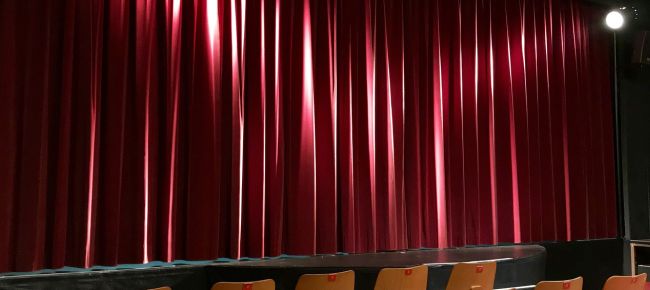
Take Yehoshua bin Nun, a man in whom there is spirit. Lean your hand upon him. Stand him before Elazar the kohen and before the entire assembly, and command him before their eyes. Place some of your majesty upon him, so that the entire assembly of the Bnei Yisrael will pay heed.…Moshe…took Yehoshua and stood him before Elazar the kohen, and before the entire assembly. He leaned his hands upon him…[2]
What is this “spirit” that infuses Yehoshua? If it simply means the spirit of life, is there a living person who lacks it? Possessing it is hardly worth the mention, and does not make Yehoshua exceptional. If the Torah means that he possessed a spirit of wisdom, let it simply say, “a man in whom there is wisdom!”
Moshe does not follow Hashem’s instructions exactly. He was told to first lay his hand – singular – on Yehoshua, and afterwards stand him before the people. Moshe reversed the order, and also used two hands, rather than one. Why did he do this, and why is it important enough that the Torah would record it?
Know this. Hashem does not cause His Shechinah to rest upon empty people. He shares with wisdom with the wise, meaning those who positioned to become wise and enlightened. The Presence of G-d would accompany Yehoshua throughout his career. It was important for the people to encounter Yehoshua from the very beginning as someone already possessed of wisdom and refinement. Yehoshua, however, was a virtual unknown to the nation. “He did not move from the tent”[3] of his master Moshe, to whom he was absolutely devoted. Were it not for the instructions in our pesukim, the Bnei Yisrael would first encounter him as an unimpressive stranger. It was important that this would not happen.
The real Yehoshua, however, was quite impressive. He was the wise person to whom Hashem grants the additional wisdom that comes with His Presence. In other words, he was “a man in whom there is spirit” – a spirit beyond ordinary wisdom which readies him for more. The people had no way of knowing this. So Hashem instructed Moshe to publicize Yehoshua’s appropriateness for the job, and to do this before he was formally presented to them. He was to place his hand upon him, as if infusing Yehoshua with some of his own wisdom. One hand would do – emphasizing that only some of his majesty was being bestowed upon his apprentice. Limiting it to one hand would underscore that Yehoshua would not achieve all the greatness of his mentor and teacher. Doing this before he would stand before the people would mean that there would be no time at all during which they might form a more negative opinion of his worth. Hashem wished to honor Moshe at the same time, so He instructed that the investing of a new, greater spirit would seem to come as if by transfer of some of Moshe’s own. (The optics of the ceremony would also help. People could imagine a flow from Moshe standing before them, rather than conclude by reason alone that Hashem would provide Yehoshua with extra assistance from this point on.)
In truth, the entire scene was only for the purpose of impressing the people. Yehoshua did not have to be made ready for the Shechinah through some flow from his rebbi. He already possessed a special spirit within him.
Moshe in this humility did not follow the script. He fully believed in his student Yehoshua. He held him to be wise and understanding without having to draw from Moshe’s greatness. Moshe saw no need to infuse Yehoshua with any new spirit prior to his first encounter with the collected population. Yehoshua, he thought, would stride out on the public stage already exuding greatness. To be sure, Moshe would not contravene Hashem’s instruction to formally lay a hand upon him in the presence of the nation. But he did not feel that he had to do it before Yehoshua was presented to the nation as his successor. And when he did it, Moshe used both hands – showing his enthusiasm for Yehoshua to grow to whatever heights he could achieve, even if that would reduce the novelty of his own greatness in the eyes of the public.
The Gemara[4] sees proof in our pesukim for its finding that people can be jealous of many others, but not of their children or students. It points to the fact that Moshe placed his hands upon Yehoshua. At first reading, the reasoning seems deficient. Moshe was told by Hashem to lay hands upon him! Rashi therefore explains that Moshe was told to place a single hand upon Yehoshua, but placed both instead. We would still be puzzled as to why this is significant. According to the approach that we have taken, the gemara makes perfect sense. The instruction to use a single hand was intended to dramatize to the people the difference in level between Moshe and Yehoshua. Moshe, however, would have no part of that. A rebbi is not jealous of his talmid; Moshe was not jealous of Yehoshua. He used both hands to show that he was more than happy to have his student wear a mantle of leadership with all the majesty of its previous possessor.
- Based on Meleches Machsheves by R. Moshe Cheifetz, 1663-1711 ↑
- Bamidbar 27:18-20, 22-23 ↑
- Shemos 33:11 ↑
- Sanhedrin 105B ↑


